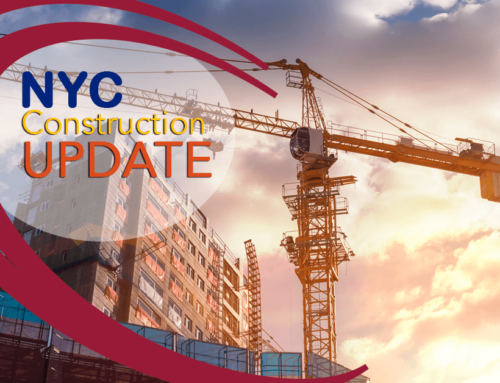From Construction Dive:
Dive Brief:
- New York City Mayor Bill de Blasio signed off on measures under the Build It Back program that officials hope will streamline the effort to address Superstorm Sandy damage still left unrepaired, according to the Architects Newspaper.
- The legislation, also known as Intro. 1341, fast tracks the demolition process by allowing properly supervised work to move forward without a final permit. The bill also gives those with pre-Build-
- It-Back violations a chance to continue their rebuilding efforts.
City officials said the Build It Back initiative focuses on post-Sandy restoration but also provides for more resilient construction that will better withstand future extreme weather events.
Dive Insight:
Four years after Sandy, there are still significant, ongoing rebuilding efforts, and many people have not been able to return to their homes. The city has provided assistance through property tax breaks and waivers of zoning requirements, particularly in the areas of elevation and construction. Officials said the most recent revisions to the Build It Back program will alleviate more bureaucracy and red tape and allow people to get back into their homes sooner.
Superstorm Sandy caused an estimated $69 billion in damage and nearly 60 deaths when it hit coastal New York and New Jersey back in 2012. Immediately, officials saw that it was the floodwater damage that was going to be the biggest headache to deal with in the aftermath of the storm. As a result, New York City changed its elevation codes, while still leaving room for developer flexibility in most cases.
Earlier this year, the U.S. Federal Emergency Management Agency also suggested changes to U.S. building codes. The agency proposed that most construction projects using federal funds be built 2 feet above the 100-year floodplain or according to the 500-year floodplain. Some states have pushed back, citing the additional building expense. Current regulations mandate that properties be built at or above the 100-year floodplain in order to qualify for the national flood insurance program.
FEMA also drew fire when it issued its new floodplain maps this year. Cities and communities have disputed their placement in flood zones and have lodged complaints with FEMA. New York City officials came up with their own mapping, which resulted in approximately 26,000 structures and 170,000 residents being removed from flood zones.
Recommended Reading:
Read more from Construction Dive





